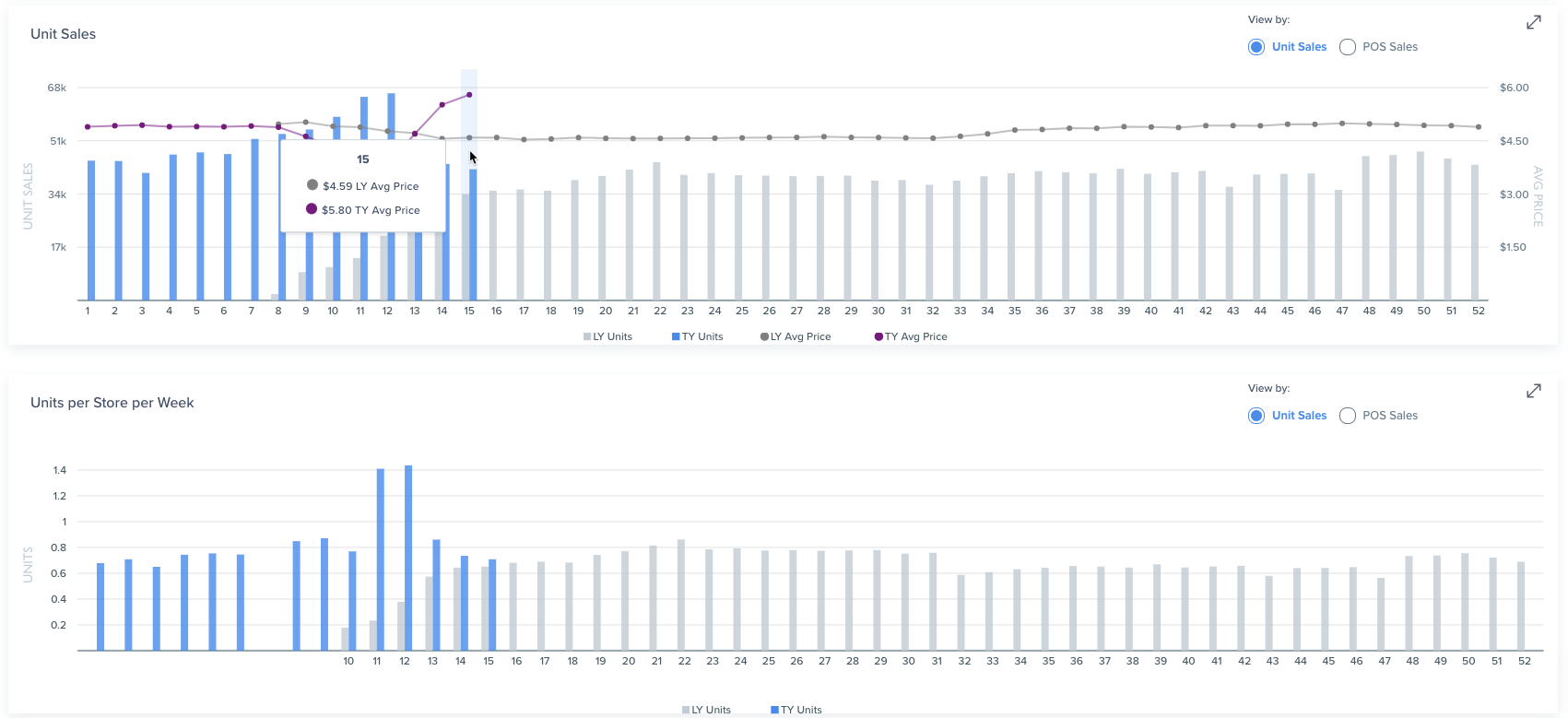What Is a Planogram and How Is It Used?
Learn about:
- What a planogram is
- Benefits of a planogram
- Creating a planogram in a retail store
- Planogramming for suppliers
Planning product placement in a retail store is crucial for any retailer looking to make sales. Although overlooked by a beginner retailer, practical space usage is as important as making discounts visible on items. It can be challenging to figure out product placements when uncertain of customers’ buying habits.
Using a planogram in retail can boost sales and get the most out of the store’s area. Planogramming collects data and helps the vendor use the physical space of a store more effectively.
What is a planogram?
A planogram (POG or shelf space plan) is a visual representation that specifies each product group’s location to encourage sales. It’s like a store map where each item has its exact location based on marketing research.
Various consumer packaged goods (CPGs) sell better if placed near similar products. Beverages will likely sell better if near snacks rather than toilet cleaning products, but it gets trickier when deciding between putting soft drinks or alcohol next to potato chips.
Planogram complexity rises with bigger stores such as Walmart that sell toys, construction tools, and other items alongside everyday goods.
In visual marketing, a planogram is a single element of the general marketing cycle. A retailer should look at a planogram as a specific tool rather than a marketing skeleton key.
What are the benefits of using a planogram in retail?
There are two significant benefits of creating a planogram for a retail store: increase overall sales and maximize the store’s space usage. Each benefit has additional underlying reasons for the vendor.
Increases sales
Although the end goal is to increase sales, a retailer should observe the specifics of planogram benefits.
Besides making it easier for a seller to buy, a planogram also helps the staff be more effective when replenishing products. Having a specific overlay saves money since vendors need less time to restock items.
A planogram also provides more robust inventory control and minimizes the item’s risk of going out of stock. For example, a clear placement overview lays the foundation for a competitive CPG supply chain.
Finally, planogramming can help the staff to be more up-to-date and responsive when creating product displays. Faster reaction time means better chances of catching consumers’ attention if a specific item becomes popular.
Overall, besides customer benefits, a planogram can serve as a communication tool for sellers to better organize and be more productive.
Maximizes store space usage
A well-organized store makes it easy for customers to find what they want as quickly as possible. Besides the practical benefits, a planogram creates a potent visual appeal for the customer. The advantage of a well-decorated store is that it can turn a first-time customer into a returning customer.
Planogramming also eliminates “dead space” by turning each corner into a buying spot. Buying spots also serve as road signs for customers looking for a specific item while encouraging them to buy something else.
Thanks to better product positioning, a retail store becomes a well-weaved web where buying one item inspires the customer to look for more and get something else.
How do I create a planogram?
Big retailers such as Walmart have dedicated planogrammers. Businesses that can’t afford a full-time planogrammer either give the job to a visual merchandiser or consult with an external expert.
Many consulting companies have retail templates that make it easier to create a planogram unique for a specific store. Since the templates are research-based, it’s usually faster to reach out to such a company rather than starting from the beginning.
For retailers looking to create a planogram on their own, these practices make the process easier:
- Know the customer
- Train employees
- Measure and update the planogram
Know the customer
Every retail store should know its customer. While a general goods store wants items at an eye level, a retailer selling exclusive items might wish to position items at a certain distance.
For example, a jeweler doesn’t want stacked rings and necklaces for the buyer to touch whenever they want. They want less accessibility that encourages interactivity.
Retailers often overcomplicate the process and give up. Knowing the customer provides data that saves time, so the job’s magnitude doesn’t discourage the retailer.
Train employees
It’s essential to have employees accustomed to the planogram. Veteran employees can help with creating a planogram since they understand both the store and the customer better.
However, it isn’t enough to create a planogram and let the employees figure it out themselves. Instead, a retailer should provide guidelines and take feedback on how to improve the store overlay. A well-informed employee can create custom designs and make the most out of the initial planogram.
Measure and update the planogram
Another healthy practice is to measure and update the planogram. A planogram is never complete, and a retailer should create monthly reports and update the diagram accordingly.
Proper analysis helps suppliers stay in touch with the current demand and predict buying trends.
Planogramming for suppliers
Although retailers usually use planogramming, creating a planogram can benefit suppliers as well. Planogramming for suppliers is a great practice to bolster the relationship with the retailer and generate more business opportunities.
Suppliers use planogramming to zero in on current market habits and opportunities. By sharing the information with the retailer, a supplier can create new space for a product and additional orders.
Poor sales of supplied items might not be because of lack of demand but lousy positioning. In the long term, bad sales numbers can encourage a retailer to minimize stock demand. A planogram helps the supplier spot weak spots for the items they are providing.
Establishing communication and sharing a planogram with the retailer helps the supplier to plan. A supplier can act proactively by knowing product dimensions, thus packaging products to fit with the retailer’s planogram.
Use data to create a planogram
To create a successful planogram, both retailers and suppliers need to pay close attention to data. SupplyPike offers data analysis with its Retail Intelligence software that helps businesses generate bigger profits through planogramming.
Retail Intelligence – Performance Report
SupplyPike software allows suppliers to recover deductions, not go out of stock on well-selling items, and avoid unnecessary fines. Take a tour today!
Related Resources
Written by The SupplyPike Team
About The SupplyPike Team
SupplyPike builds software to help retail suppliers fight deductions, meet compliance standards, and dig down to root cause issues in their supply chain.
Read More
About

SupplyPike helps you fight deductions, increase in-stocks, and meet OTIF goals in the built-for-you platform, powered by machine learning.
View SupplyPike's Website
